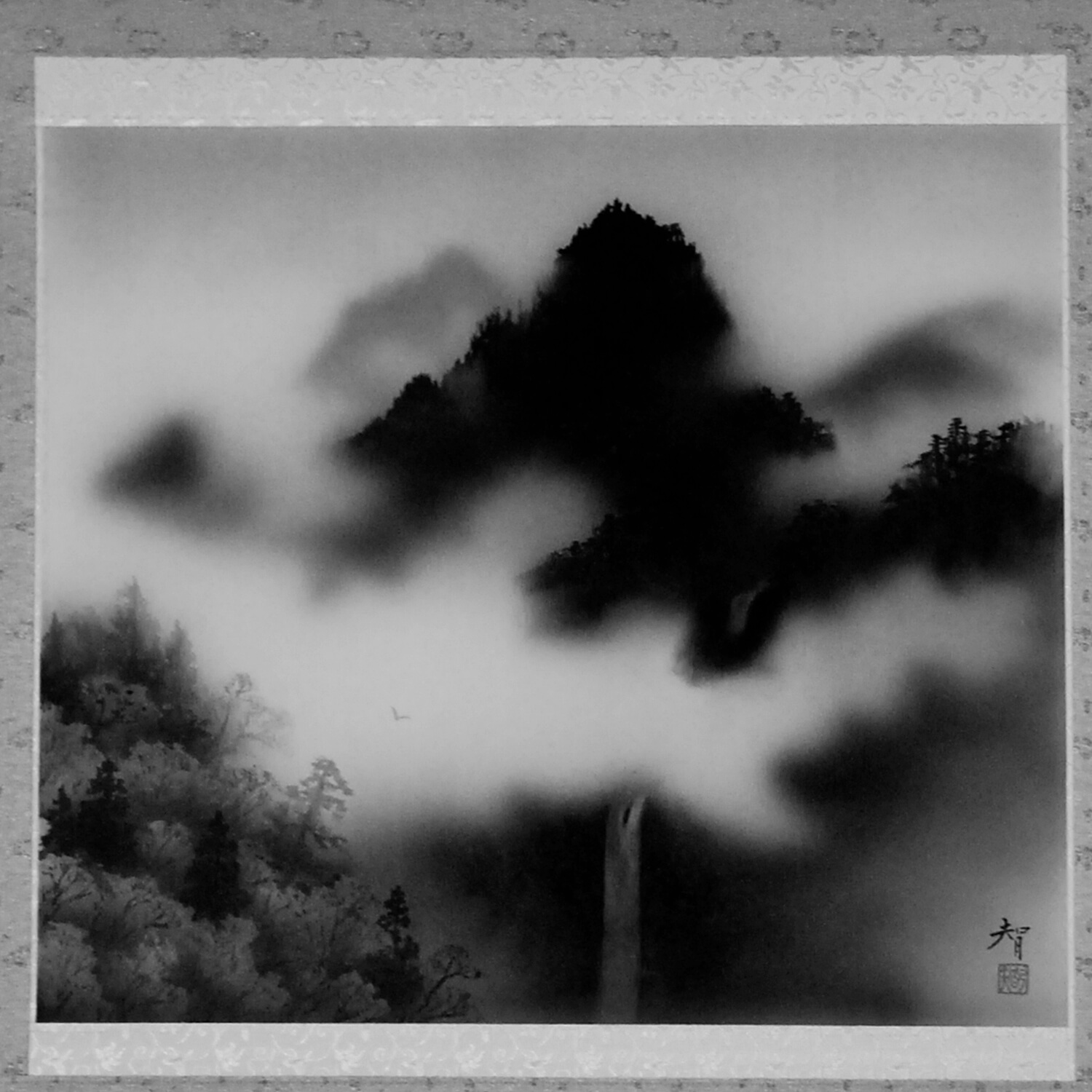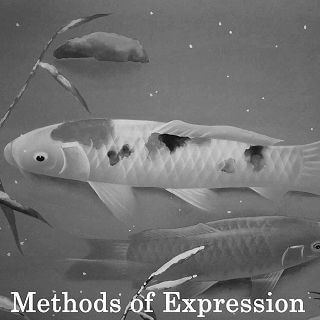Lesson
News / Blog
Other Menus
Nihonga / Japanese-style Painting

Nihonga / Japanese-style Painting
“Nihonga” or, literally, “Japanese-style paintings,” are paintings that have been made in accordance with traditional Japanese artistic conventions, techniques, and materials. While based on traditions over a thousand years old, the term was coined during the Meiji period (1868-1912), to distinguish such works from Western-style paintings, or “Youga.” During the Meiji period, the characteristics of individual artists became less important due to the influence of schools of art (groups of artists sharing certain methods or styles). Moreover, as more innovative Western painting techniques were introduced, characteristics of traditional Japanese paintings began to be questioned. However, people like Tenshin OKAKURA, Ernest Francisco Fenollosa, and Hougai KANOU, promoted a new art movement for the continuation and development of traditional Japanese paintings. Schools, like the Maruyama / Shijou School, which emphasized sketching, were not reluctant to accept Western techniques, either. Such movements contributed significantly to the manner in which Japanese-style paintings have been passed down to the present day. Today, the term “nihonga” doesn’t refer to a particular style alone. It is used in a broader sense, to refer to various types of paintings in which a brush is used to paint pictures with “sumi” ink or mineral pigments mixed with animal glue, on a support such as wood, linen, silk or paper.
Contents Link
 |
 |
 |

